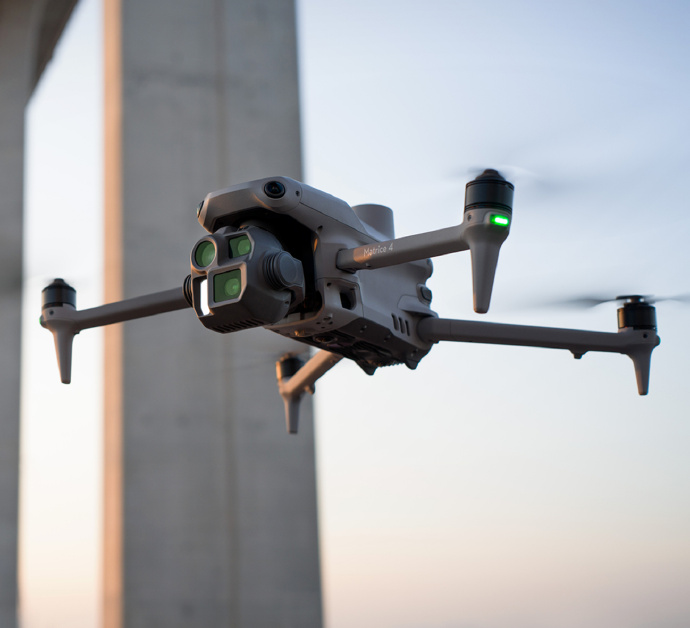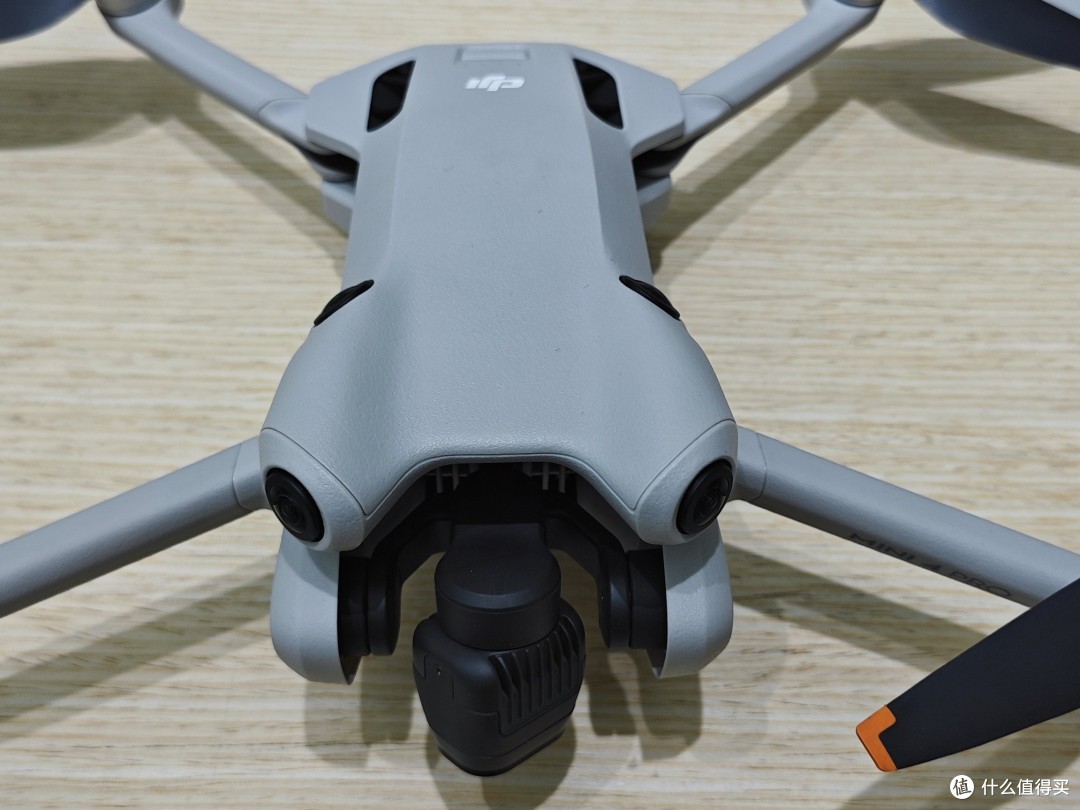In recent years, the agricultural industry has seen a remarkable shift towards modern technology, particularly with the introduction of crop spraying drones. These unmanned aerial vehicles (UAVs) are transforming the way farmers conduct pest control and nutrient application. Equipped with precision technology, crop spraying drones ensure efficient and targeted spraying, reducing waste and enhancing crop yield. The advantages of using these drones are numerous, ranging from cost-effectiveness to environmental sustainability.
The Efficiency of Crop Spraying Drones

Traditional methods of crop spraying often involve ground-based machinery or manned aircraft, both of which come with high operational costs and potential environmental impacts. In contrast, crop spraying drones offer a more efficient alternative. By navigating fields with precision, they can deliver chemicals directly to where they are needed most, reducing the amount of pesticides and fertilizers used. This targeted approach not only minimizes costs but also reduces the environmental footprint, aligning with sustainable farming practices.
Cost-Effectiveness and Time-Saving
The adoption of crop spraying drones brings substantial cost savings. These UAVs require less labor, and their ability to cover large areas quickly means that farmers can expect a reduction in both time and fuel necessary for traditional equipment. This is particularly advantageous during peak seasons when time is of the essence. Additionally, the precision technology embedded in drones reduces waste, ensuring that every drop of pesticide or nutrient reaches its intended target, thus saving money on inputs over time.
Enhanced Safety Measures
One of the primary concerns with traditional crop spraying methods is the safety of the personnel involved. Crop spraying drones eliminate the need for human operators to be in direct contact with harmful chemicals, thereby significantly reducing health risks. With an onboard camera and GPS systems, operators can monitor the spraying process remotely, ensuring safety and maximizing efficiency.
Environmental and Sustainable Benefits
The environmental benefits of crop spraying drones are profound. By considerably reducing the amount of chemicals used, drones help prevent soil and water contamination. This aligns with global efforts to move towards more sustainable agricultural practices. Furthermore, drones reduce carbon emissions since they require far less fuel than manned vehicles. Thus, their use aligns with eco-friendly goals, supporting a healthier planet.
Pioneering Technology in Precision Agriculture
Crop spraying drones are a part of a broader movement towards precision agriculture. This technology integrates sensors and data analytics to optimize field management. By providing real-time data, drones enable farmers to make informed decisions regarding crop health and resource allocation, thus improving productivity and sustainability.
Real-World Applications and Success Stories
Farmers around the globe are already experiencing the benefits of crop spraying drones. In Asia, small-holder farmers have drastically reduced labor costs while increasing yields. In Europe, large agricultural firms are using drones to ensure compliance with stringent environmental regulations. These early adopters showcase the tangible benefits and set a precedent for widespread adoption.
Despite their benefits, crop spraying drones aren’t without challenges. Regulations on UAV use can vary greatly, and there’s a learning curve associated with operating such sophisticated technology. However, as familiarity and technology improve, these barriers are expected to diminish, making drones an even more viable option for farmers globally.
FAQs
- Can crop spraying drones be used on all types of farms? While crop spraying drones are versatile, their effectiveness can vary depending on field size, crop type, and local regulations. It’s important to assess specific needs before integration.
- How do drones help with sustainable farming?
 Drones help by reducing chemical usage, minimizing environmental impact, and improving fuel efficiency, which collectively contributes to more sustainable practices.
Drones help by reducing chemical usage, minimizing environmental impact, and improving fuel efficiency, which collectively contributes to more sustainable practices. - What are the initial costs associated with implementing drone technology? Initial costs can vary but typically include the purchase of drones, training, and possibly regulatory compliance fees. However, long-term savings can offset these initial investments.